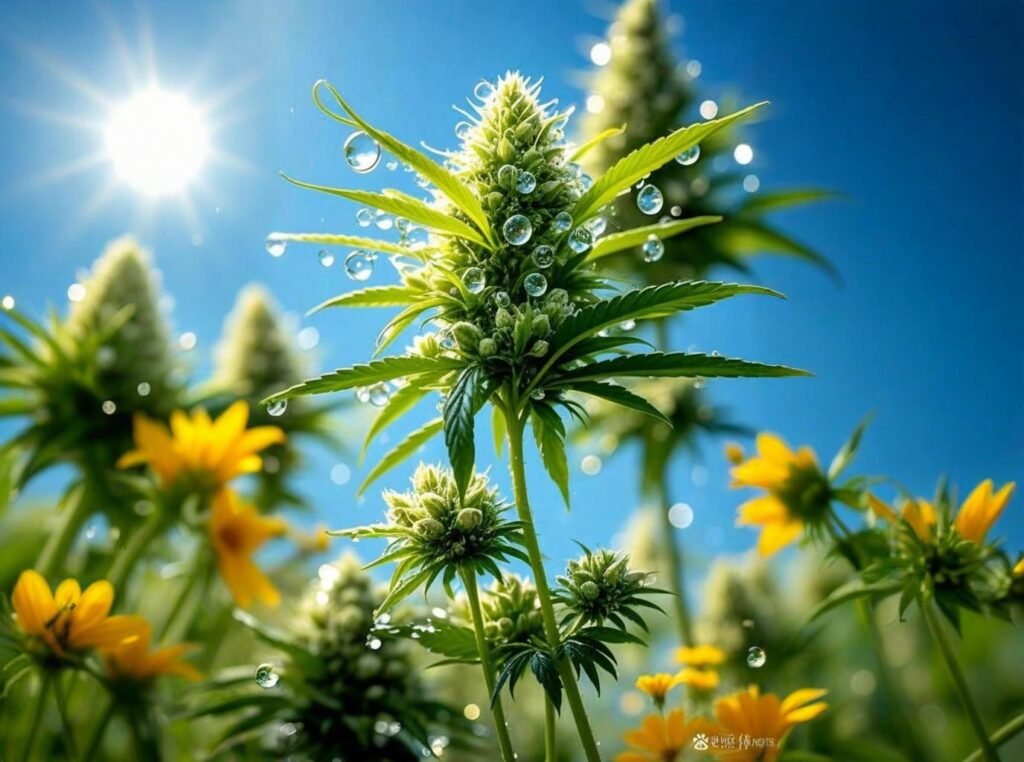
Luxury brands are no longer judged by aesthetics alone—sustainability has become a new currency of value. From biodegradable perfume boxes to refillable skincare containers, eco-conscious packaging isn’t just a trend; it’s a brand signal. Amid this evolution, hemp material is emerging as a premium, sustainable, and surprisingly elegant packaging solution.
Hemp plays a growing role in luxury packaging due to its low environmental impact, high tensile strength, natural texture, and compatibility with premium design finishes. Brands like Chanel are adopting hemp to align with circular design principles and luxury sustainability goals.
In 2021, Chanel began integrating hemp paperboard and hemp-cotton fabric into select packaging for their fragrance and skincare lines. This wasn’t just a green gesture—it was a signal to the industry that sustainability and sophistication can coexist. The story of hemp in luxury packaging is just beginning—and Chanel’s move could be a tipping point.
Let’s dive into what makes hemp so attractive to luxury packaging teams, and how B2B buyers can take advantage of the same material shift.
What Makes Hemp Material Suitable for Luxury Packaging?
Hemp is ideal for luxury packaging because it offers a rare combination of aesthetic appeal, sustainability, durability, and customization potential. Its tactile texture, eco-profile, and print compatibility make it perfect for premium unboxing experiences.
Hemp’s Luxury-Ready Characteristics
1. Tactile & Visual Appeal
- Natural fiber with visible grain and a matte-luxe texture
- Feels earthy yet refined—elevating brand perception
- Pairs well with:
- Foil stamping
- Embossing
- Spot UV and matte lamination
| Feature | Hemp Packaging | Conventional Paperboard |
|---|---|---|
| Texture | Coarse-grain, natural elegance | Smooth, often synthetic feel |
| Print Receptiveness | High (holds ink well) | Moderate to high |
| Brand Perception | “Sustainable luxury” | “Classic or commercial” |
2. Structural Strength
- High tensile and tear strength
- Superior durability compared to wood pulp or cotton-based papers
- Excellent rigidity for:
- Drawer boxes
- Magnetic flip boxes
- Perfume cartons
3. Eco-Friendly Metrics
| Sustainability Metric | Hemp Material | Standard Packaging Material |
|---|---|---|
| Biodegradability | Yes (within 4–8 weeks) | Paper: Yes, Plastic: No |
| Water Use in Cultivation | Low | Cotton: High, Wood: Moderate |
| Recyclability | Yes | Yes (varies by finish) |
Consumers associate natural fibers with transparency and trust. Hemp packaging subconsciously communicates “ethical and premium”—a unique combo few materials can claim.
How Does Hemp Compare to Traditional Packaging Materials Like Paper and Cotton?
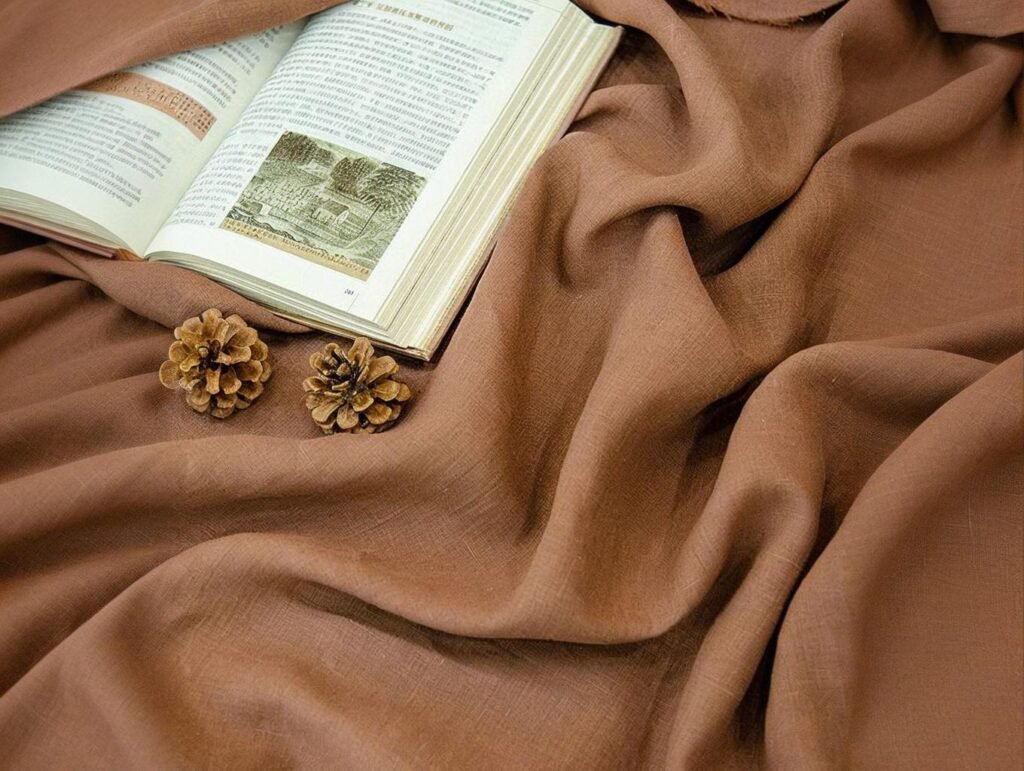
Compared to paper and cotton, hemp packaging offers better durability, requires fewer environmental resources to produce, and provides a stronger, more unique brand aesthetic. It also integrates well with printing and specialty finishes used in luxury markets.
Side-by-Side Material Comparison
1. Raw Material Efficiency
| Property | Hemp | Cotton | Wood Pulp Paper |
|---|---|---|---|
| Growth Cycle | 90–120 days | 150–180 days | 10–20 years (trees) |
| Yield per Acre | High | Medium | Low |
| Chemical Input Requirement | Low (no pesticides) | High | Medium (bleaching) |
- Hemp is more land-efficient and regenerates soil, unlike cotton, which depletes it.
2. Durability in Packaging Use
| Metric | Hemp-Based Paperboard | Cotton Paper/Fabric | Virgin Paperboard |
|---|---|---|---|
| Tear Resistance | Excellent | Good | Moderate |
| Water Resistance (treated) | High | Moderate | Moderate |
| Shelf Stability | High | Medium | Medium |
3. Design Versatility
- Hemp blends easily with:
- Recycled paper for sustainability cred
- Cotton for softness
- Wood fibers for rigidity
- Compatible with standard and luxury finishing processes:
- Gold foil, debossing, matte/velvet lamination
4. Cost vs Value Trade-Off
| Factor | Hemp Packaging | Traditional Paper |
|---|---|---|
| Base Material Cost | Slightly Higher | Lower |
| Perceived Brand Value | Higher | Neutral |
| MOQ Availability (Szoneier) | 500 pcs custom design | 500–1000 pcs |
A niche skincare brand reported a 22% increase in customer retention after switching from white virgin boxboard to custom hemp-packaged skincare kits—citing unboxing experience as the biggest reason.
Why Are Luxury Brands Like Chanel Turning to Hemp in Their Packaging Strategy?
Luxury brands like Chanel are turning to hemp packaging to align with growing consumer demand for sustainability, reduce their environmental footprint, and reinforce their premium identity through tactile, ethically sourced materials.
The Drivers Behind Chanel’s Hemp Strategy
1. Shifting Consumer Expectations
- 73% of Gen Z and Millennial luxury buyers prefer brands with sustainable packaging (Source: McKinsey, 2023)
- Hemp packaging sends a visual signal of ethical values—without sacrificing aesthetics
- Chanel is aligning with ESG (Environmental, Social, Governance) principles while maintaining brand prestige
2. Regulatory and ESG Pressures
| Packaging Policy or Trend | Impact on Luxury Brands |
|---|---|
| France’s AGEC Law | Pushes for recyclable/compostable packaging |
| EU Green Deal (Circular Economy) | Encourages fiber-based innovation |
| Extended Producer Responsibility (EPR) | Encourages reusable or compostable formats |
- Hemp supports all three: recyclable, compostable, and brand-elevating
3. Chanel’s Material Innovation Timeline
| Year | Sustainable Packaging Development | Role of Hemp |
|---|---|---|
| 2020 | Eco-refillable fragrance lines | Initial research into hemp pulp use |
| 2021 | Skincare glass refills + kraft boxes | Trialing hemp-cotton blend bags |
| 2022–2023 | Hemp-based rigid boxes for niche perfumes | Custom-printed hemp sleeves |
- Chanel’s use of hemp is part of a layered material strategy: combine elegance with environmental responsibility
Hemp’s visual grain and story-rich material origin allow for deeper storytelling in packaging copy and brand messaging.
What Types of Hemp-Based Packaging Are Used in the Luxury Sector?
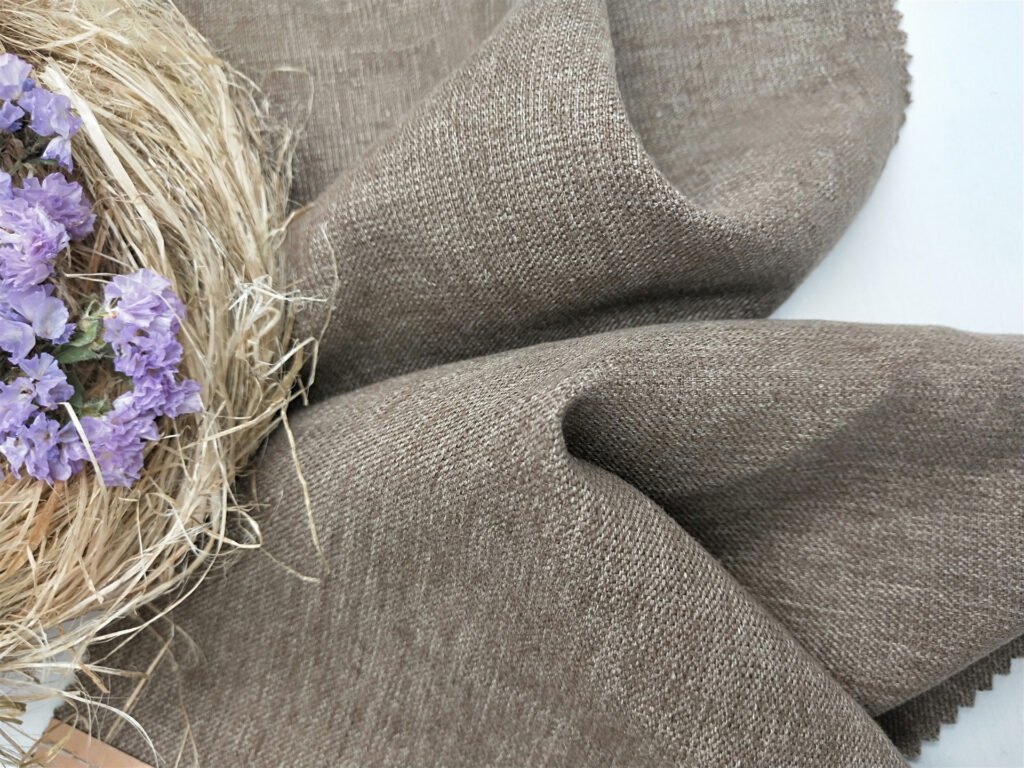
Luxury brands use hemp in a range of packaging formats—including rigid boxes, drawstring pouches, molded trays, printed sleeves, and paperboard inserts—thanks to hemp’s adaptability across print, texture, and structural applications.
Popular Hemp-Based Packaging Formats
1. Rigid Gift Boxes (Paperboard Core)
| Specs | Description |
|---|---|
| Material | Hemp pulp + wood fiber blend |
| Finish | Matte laminated, embossed, foil stamped |
| Use Cases | Fragrance boxes, limited edition gift sets |
- Chanel and other maisons are experimenting with hemp-fiber rigid boards that rival virgin paperboard in density
2. Printed Hemp Sleeves or Jackets
- Made from hemp-recycled pulp blends
- Wrap over recycled kraft boxes for layered branding
- High compatibility with spot UV and letterpress embossing
A Scandinavian skincare brand used unbleached hemp sleeves with gold foil print to wrap its biodegradable glass serum bottles—resulting in a 31% increase in unboxing video shares.
3. Hemp-Cotton Drawstring Pouches
| Use Case | Why Hemp Works Well |
|---|---|
| Jewelry packaging | Lightweight, soft, luxurious look & feel |
| Perfume minis | Breathable, printable, compostable |
| Refill sachets | Reusable and high-end texture |
- SzoneierFabrics provides hemp pouches starting at 50 pcs MOQ with full custom dyeing and logo embroidery.
4. Molded Hemp Fiber Trays
- Made from pressed hemp hurds and starch-based binders
- 100% compostable
- Used to secure fragile items like glass bottles in rigid boxes
| Format | Ideal Product Categories |
|---|---|
| Hemp molded tray | Cosmetics, wine, jewelry inserts |
| Hemp pulp sheetboard | Branding cards, eco-cert inserts |
5. Wraps, Tags & Certificates
- Printed on hemp-blend textured paper
- Add a premium touch to sustainability certifications or luxury product authenticity tags
Unlike bamboo, which often requires chemical pulping, hemp retains its natural look and biodegradability—making it ideal for premium, minimalist packaging design.
How Did Chanel Incorporate Hemp into Its Eco-Conscious Packaging Design?
Chanel incorporated hemp into its packaging by introducing hemp-based pulp paper, fabric drawstring pouches, and compostable rigid board components in selective product lines. This shift reflects the brand’s strategy to balance luxury aesthetics with measurable sustainability.
Chanel’s Multi-Material Hemp Integration
1. Product-Specific Hemp Applications
| Chanel Product Line | Hemp Packaging Element |
|---|---|
| Les Eaux de Chanel fragrances | Hemp paperboard outer box |
| No. 1 de Chanel skincare | Hemp-cotton blend fabric pouches |
| Holiday Gifting (limited ed.) | Custom printed hemp sleeves & cards |
- Chanel’s use of hemp packaging is targeted and high-touch—chosen for products where sensory experience and eco-branding converge
2. Packaging Finishing Techniques Used by Chanel
- Gold foil logo stamping on hemp board
- Debossed interlocking CC pattern on natural-texture sleeves
- Printed brand stories on uncoated hemp card inserts, reinforcing eco narratives
Hemp’s visible fiber texture allows Chanel to avoid artificial distressing or “natural-look” overlays. The material itself becomes the message.
3. Internal Sustainability Goals Driving the Transition
| Target Category | 2023 Goal by Chanel |
|---|---|
| Packaging Recyclability | 100% for core lines |
| Virgin Plastic Reduction | -50% vs. 2018 levels |
| Biobased Packaging Content | >30% of total packaging volume |
- Hemp has been critical in replacing:
- Laminated plastic trays
- Bleached soft-touch virgin boards
- Conventional fabric pouches
4. Supplier Collaboration Model
- Chanel collaborates with GOTS-certified fiber mills in Europe and custom packaging converters in China (where manufacturers like SzoneierFabrics offer custom production, low MOQ, and premium finishing)
Chanel isn’t simply “replacing” materials—it’s elevating the narrative around packaging with materials that tell a regenerative story. Hemp is central to that story.
Which Sustainability Metrics Prove Hemp’s Value for Luxury Packaging?
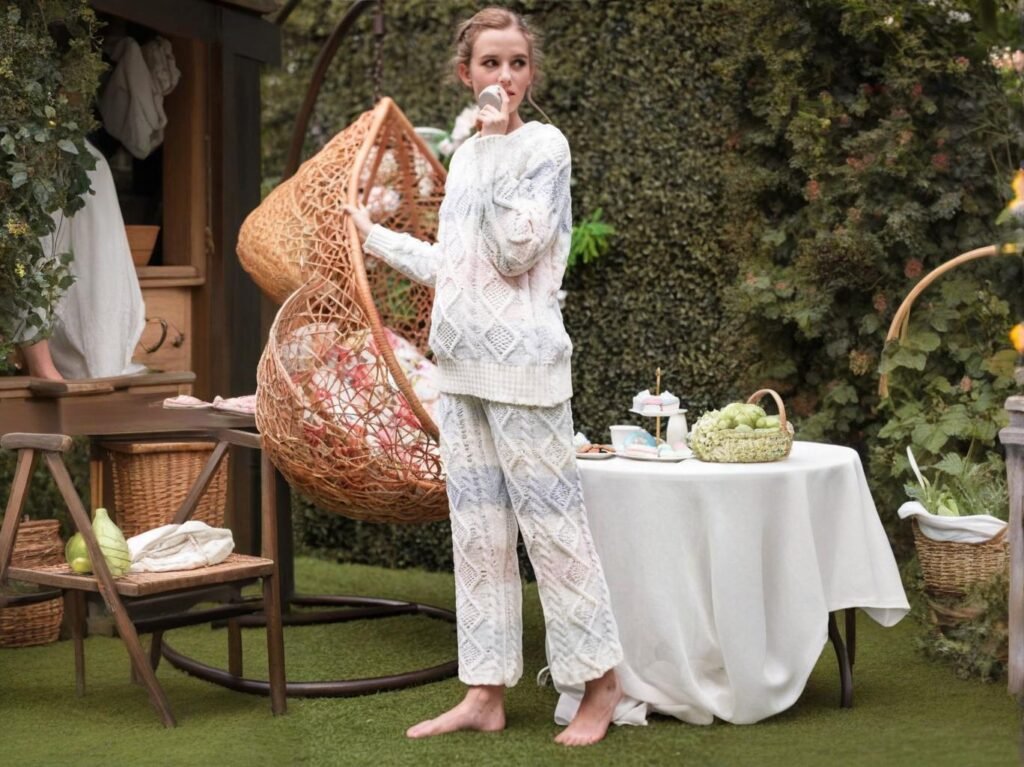
Hemp outperforms many other luxury packaging materials in key sustainability metrics, including water usage, land yield, CO₂ absorption, biodegradability, and chemical reduction—making it a frontrunner for eco-conscious luxury branding.
Lifecycle & Environmental Benefits of Hemp
1. Water Consumption Efficiency
| Material Type | Water Used per Kg of Fiber | Source |
|---|---|---|
| Hemp | 300–500 liters | FAO, 2023 |
| Cotton | 10,000–20,000 liters | WWF, 2022 |
| Wood (pulp paper) | 3,000–5,000 liters | World Bank |
- Hemp uses 90–95% less water than cotton and significantly less than tree-based pulping
2. Carbon Sequestration & Land Use
| Crop | CO₂ Absorbed per Hectare | Harvest Cycles/Year | Fiber Yield Efficiency |
|---|---|---|---|
| Hemp | Up to 15 tons | 2–3 cycles | High |
| Flax (Linen) | 3–5 tons | 1 cycle | Medium |
| Hardwood Trees | \~2 tons | 10–20 years | Low |
- Hemp’s rapid biomass growth makes it a carbon-negative crop—ideal for carbon-footprint-conscious brands like Chanel and LVMH
3. Pesticide-Free Cultivation
- Hemp requires little to no herbicides or insecticides, unlike cotton or tree plantations which are chemically intensive
- Reduces risk of soil and water contamination
4. End-of-Life Impact
| Material | Biodegradable | Compost Time | Microplastic Risk |
|---|---|---|---|
| Hemp | Yes | 4–8 weeks | None |
| Recycled Kraft | Yes | 4–6 weeks | None |
| Plastic Laminate | No | Never | High |
- Hemp packaging can fully return to the earth with minimal industrial processing
A 2023 Nielsen report found that 62% of luxury consumers under age 40 are more likely to repurchase from a brand whose packaging is compostable or made from regenerative natural materials—hemp fits both.
Is Hemp Packaging Scalable for Global Luxury Supply Chains?
Yes, hemp packaging is increasingly scalable thanks to improvements in fiber processing, availability of certified suppliers, and growing demand from high-end markets. Global luxury brands can now source hemp-based materials in consistent quality, volume, and compliance.
Assessing Hemp Scalability in Luxury Applications
1. Global Hemp Fiber Supply Chain Snapshot
| Region | Role in Hemp Supply Chain |
|---|---|
| China | Largest hemp producer, fiber spinning, packaging conversion |
| Europe (France, Germany) | Premium hemp pulp for luxury paperboard |
| India | Small-batch, organic certified fabric hemp |
| U.S./Canada | Industrial hemp, limited in luxury use |
- China remains the top hub for scalable hemp packaging manufacturing, offering reliable capacity, finishing options, and fast sampling cycles
2. Hemp Packaging MOQ & Lead Times
| Packaging Type | MOQ (via Szoneier) | Avg. Production Lead Time |
|---|---|---|
| Rigid hemp paperboard box | 500 pcs | 12–18 days |
| Hemp-cotton fabric pouch | 200 pcs | 7–12 days |
| Hemp insert cards/paper | 1,000 pcs | 5–10 days |
Our factory offers low MOQ, custom sizes, and rapid sampling for hemp-based packaging. Clients in cosmetics, fashion accessories, and luxury gifting sectors frequently request GOTS-certified or OEKO-TEX compatible materials.
3. Logistical Readiness for Export Markets
- Bulk shipping from China with fiber-based compression (low CBM)
- Customs clearance with proper phytosanitary documentation
- Multi-language labeling and global compliance (EU, US, Japan, etc.)
4. Risk Factors to Monitor
| Risk Area | Mitigation Strategy |
|---|---|
| Color Variance | Use dyed or blended hemp fiber |
| Finish Uniformity | Request physical pre-production samples |
| Availability Gaps | Lock forecast orders early with supplier |
Sustainability + Scalability is no longer a contradiction—hemp offers both, and SzoneierFabrics ensures brand-level consistency and global fulfillment capacity.
How Can B2B Buyers Source Custom Hemp Packaging from Reliable Manufacturers?
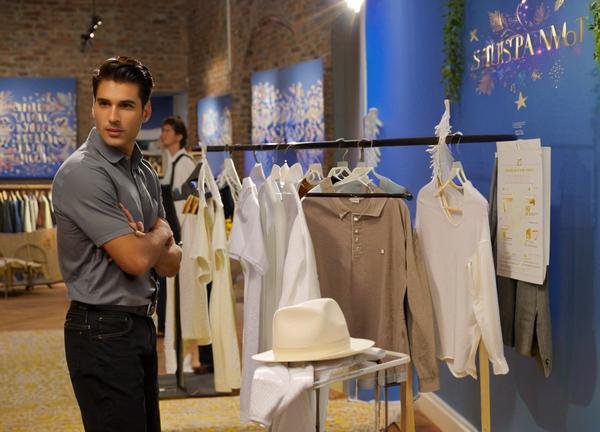
B2B buyers can source hemp packaging by partnering with experienced factories like SzoneierFabrics that offer certified materials, flexible customization, rapid prototyping, and international shipping capabilities.
Sourcing Strategy for Custom Hemp Packaging
1. Define Your Application & Specs
- Choose your format: box, pouch, card, sleeve, tray
- Define finishes: embossing, foil, matte/gloss
- Set your priorities: sustainability, tactile appeal, print quality
2. Vet Manufacturer Capabilities
| Vetting Criteria | Why It Matters |
|---|---|
| Hemp Fiber Certification | Ensures ecological claims are legitimate |
| MOQ Flexibility | Suits pilot or seasonal runs |
| Sample Turnaround | Critical for branding teams |
| Export Documentation | Avoids customs delays |
SzoneierFabrics Capabilities:
- 18+ years of fabric and packaging R\&D
- Custom designs starting from 50 pieces
- Free design support & fast sampling
- 100% quality control and global shipping
3. Understand Lead Times & Production Milestones
| Stage | Time Estimate (working days) |
|---|---|
| Free sample prototyping | 3–5 days |
| Custom logo production | 7–12 days |
| Bulk production | 12–18 days |
| Global shipping | 5–20 days (region-dependent) |
4. Request Pre-Production Mockups
- Always ask for a physical sample before mass production
- Check for:
- Texture
- Print fidelity
- Fold/crease behavior
- Logo placement accuracy
Ready to Source Sustainable Hemp Packaging with Szoneier?
Whether you’re a luxury skincare brand, a fragrance house, or a boutique fashion label, hemp packaging tells your sustainability story without compromising on elegance. From drawstring bags to custom rigid boxes, SzoneierFabrics offers a full-service solution tailored to your vision.
📨 Contact SzoneierFabrics today to request free samples, design support, and a no-obligation quote for your next luxury hemp packaging project.

